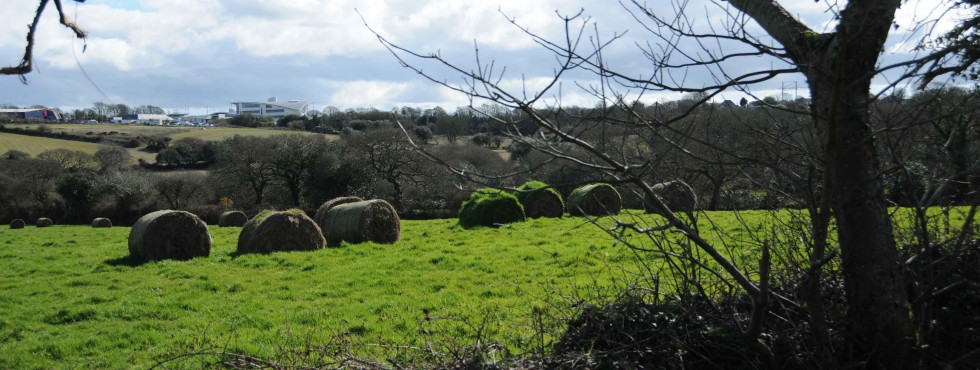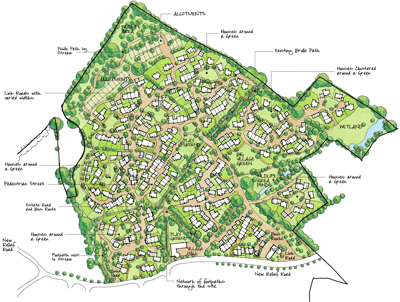Willow Green
Willow Green
An application for permission to build a new village at Willow Green near Truro is in process.
Like all of our projects, the design is based on what works well in the local area.
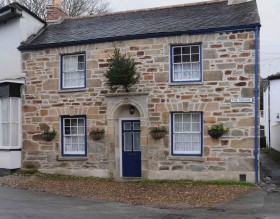
For example, this house in Chacewater, a local village, looks as if it has been well looked after for many generations.
For us, this means that a place is properly sustainable.
If people enjoy living in it, then will be cared for and continue to be used in the future. The important thing is that we find out why, and use it in our designs.
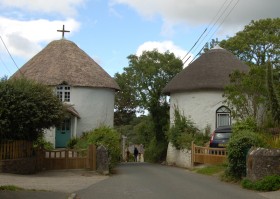
We also looked at places like Veryan, St Clement, Probus, and Tregony as well as parts of Truro.
These are the sorts of places that have inspired us.
We have also spent a great deal of time getting to know the site itself.
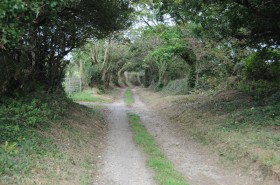
The new village should grow up from the existing landscape and respect what is there already.
Willow Green has a network of pathways and these are integral to our design. It also has special places that we have kept free of any building.
Nearly all of the existing mature trees will be retained and hundreds of new native trees and shrubs will be planted to encourage wildlife.
A layout for the new houses that draws its inspiration from successful local towns and villages has been drawn around the natural features.
In our design, these patterns have then been improved to provide more parking, better access to sunlight and open space, pleasant cycle paths, shared gardens and more wildlife areas.
The access roads follow the natural contours of the land, just like old lanes, in order to minimise the environmental impact of the development. (Click the image to enlarge it).
At Willow Green the houses have been placed so that the spaces between them create a combination of attractive pedestrian friendly squares, lanes or village greens.
There are also larger areas of grass, woodland and streams for local people and visitors to enjoy. These include allotments and orchards for growing food.
The houses are surrounded by open space for recreation and for growing food. In this way residents can reduce their food miles, giving them a way of cutting down reliance on fossil fuels.
